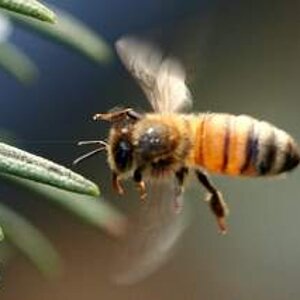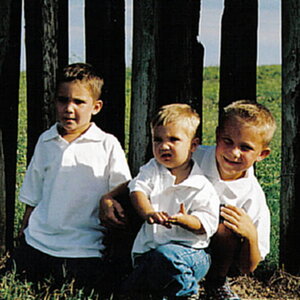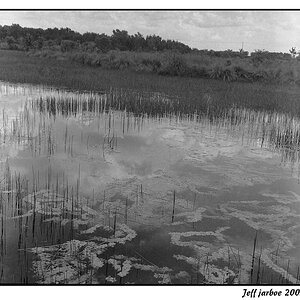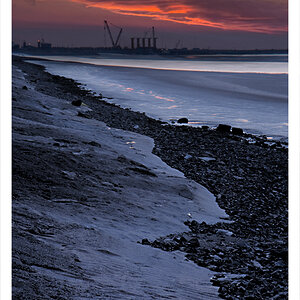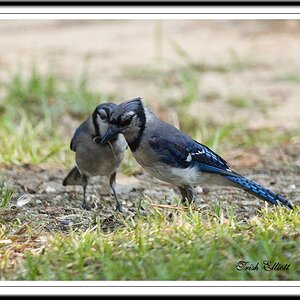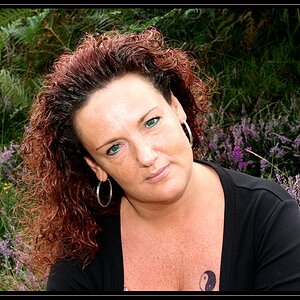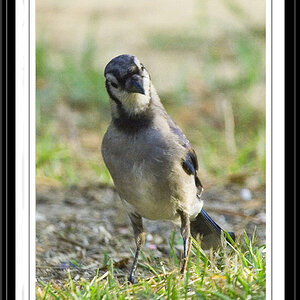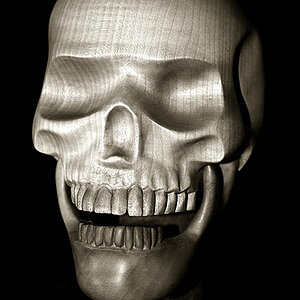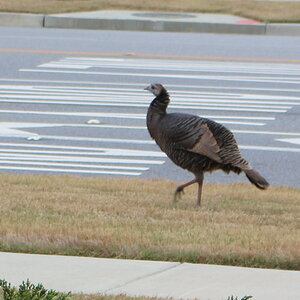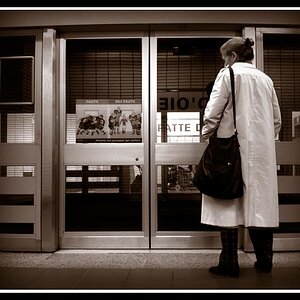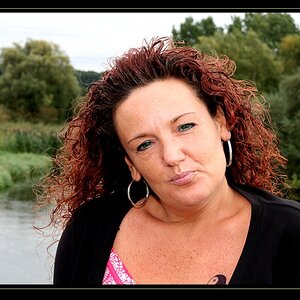Bobby Ironsights
TPF Noob!
- Joined
- Dec 3, 2006
- Messages
- 346
- Reaction score
- 21
- Location
- Thunder Bay, ON, Canada
- Can others edit my Photos
- Photos OK to edit
Hi, I've been reading around about filters. But I'm a little confusticated.
(I use film, not digital)
I sometimes notice a yellow cast to indoor photo's taken where incandescent light is present.
I've found this about it.
Standard light bulbs are much warmer than daylight, only about 2900 K for a 100-watt light bulb. In the film days, you would get a very pronounced yellow cast without a blue filter over the lens (Kodak says 80A + 82B).
But why would I need two filters instead of one? Isn't there one filter that is good enough, or is this a "use filter x OR filter y" scenario that I'm just misreading?
Also, while looking around for filters I found this...
UV Protector - Protects lens from dust, moisture, scratches, and breakage.
812 Color Warming Filter - Exclusive Tiffen filter. Improves color of all skintones; absorbs blue cast often caused by electronic flash or outdoor shade. Adds warmth to pale, washed-out flesh tones. Ideal for portraits.
Essential for outdoor photography; deepens intensity of blue skies; reduces or eliminates glare. Use circular polarizers for auto-focus cameras, as recommended by the camera manufacturer.
I'm particularly curious about that last part.....circular polarizers.....
Are circular polarizers just another type of filter, or a whole segment of filters, filters made for autofocus cameras? or....hmmm....
Can anyone point me to a comprehensive lens filter tutorial......or maybe
just maybe...
someone clever should write one and put it in the resource portion of this website......I know I'd be grateful.....
just a thought.:meh:
(I use film, not digital)
I sometimes notice a yellow cast to indoor photo's taken where incandescent light is present.
I've found this about it.
Standard light bulbs are much warmer than daylight, only about 2900 K for a 100-watt light bulb. In the film days, you would get a very pronounced yellow cast without a blue filter over the lens (Kodak says 80A + 82B).
But why would I need two filters instead of one? Isn't there one filter that is good enough, or is this a "use filter x OR filter y" scenario that I'm just misreading?
Also, while looking around for filters I found this...
UV Protector - Protects lens from dust, moisture, scratches, and breakage.
812 Color Warming Filter - Exclusive Tiffen filter. Improves color of all skintones; absorbs blue cast often caused by electronic flash or outdoor shade. Adds warmth to pale, washed-out flesh tones. Ideal for portraits.
Essential for outdoor photography; deepens intensity of blue skies; reduces or eliminates glare. Use circular polarizers for auto-focus cameras, as recommended by the camera manufacturer.
I'm particularly curious about that last part.....circular polarizers.....
Are circular polarizers just another type of filter, or a whole segment of filters, filters made for autofocus cameras? or....hmmm....
Can anyone point me to a comprehensive lens filter tutorial......or maybe
just maybe...
someone clever should write one and put it in the resource portion of this website......I know I'd be grateful.....
just a thought.:meh:


